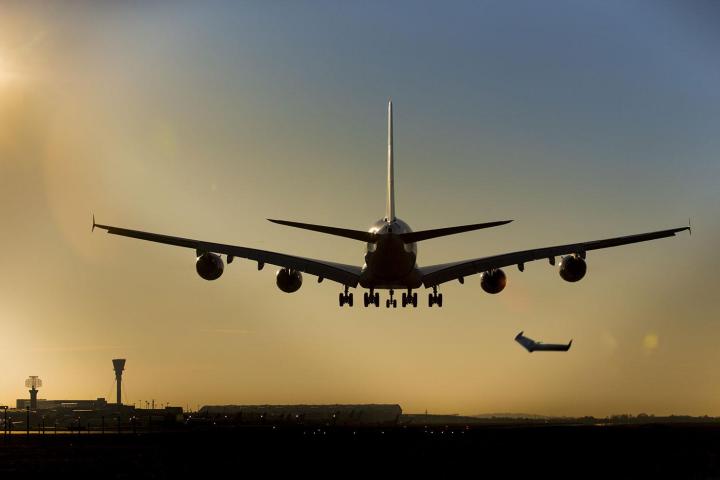
But after examining Sunday’s events more closely, a government minister on Thursday speculated that rather than a drone, the object may have actually been a plastic bag.
While there’ve been hundreds of apparent near misses between planes and drones over the last couple of years, initial news reports regarding the recent Heathrow incident suggested an actual collision had taken place for the first time.
The aircraft, a British Airways Airbus A320 with 132 passengers on board, landed safely. The pilot had said that as the plane came in on its final approach, it hit what may have been a drone flying at an altitude of about 1,700 feet.
After a search on the ground failed to turn up any debris, government minister Robert Goodwill appeared keen to play down the incident, urging other officials not to overreact with calls for swift legislation to further tighten rules on drone use.
Goodwill told a government committee it wasn’t certain that a drone strike had taken place, adding that there’s “some speculation that it may have even been a plastic bag.”
The minister also said that “early reports of a dent in the front of the plane” appeared to be inaccurate as “no actual damage” was found during an inspection of the aircraft.
Of course, such incidents can happen in the blink of an eye, so it’s highly likely that a portion of near misses reported as drone related could in fact be other objects such as birds, balloons, or indeed plastic shopping bags floating about the sky on a gusty day.
The U.K.’s Civil Aviation Authority (CAA), like its U.S. counterpart, bans drone flights close to airports, and also near any aircraft regardless of where they’re flying.
Numerous incidents of near misses have been reported around the world as a few reckless hobbyists ignore the rules. Aviation officials fear that a drone hitting an engine, wing, or cockpit window could have disastrous consequences, and many are currently looking for possible solutions to ensure quadcopters and similar machines are kept well clear of airports.


